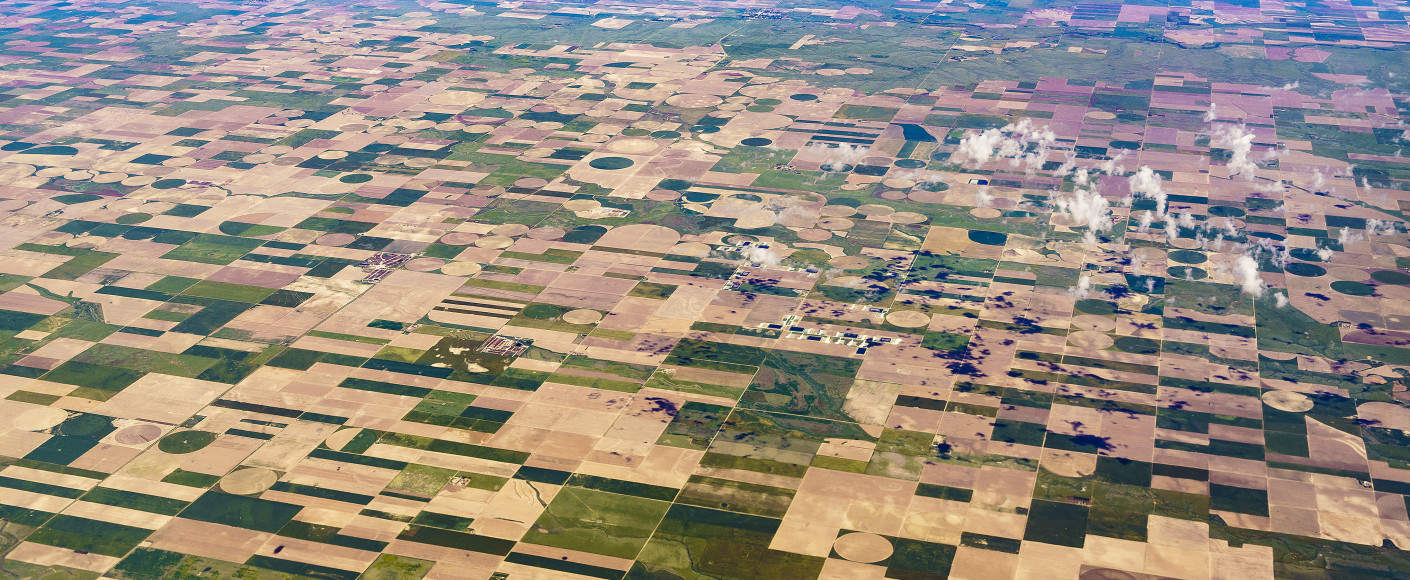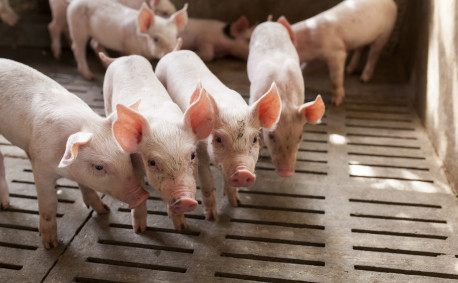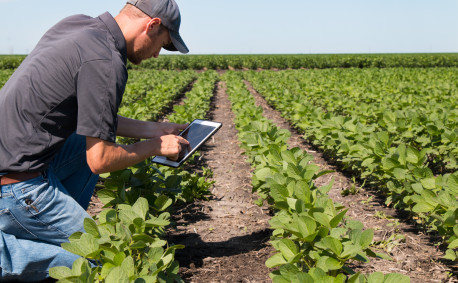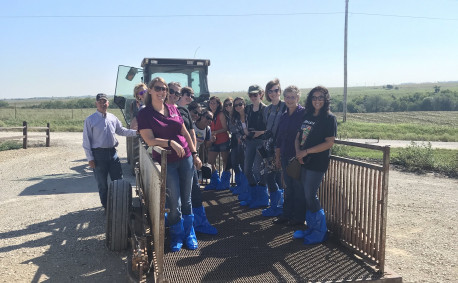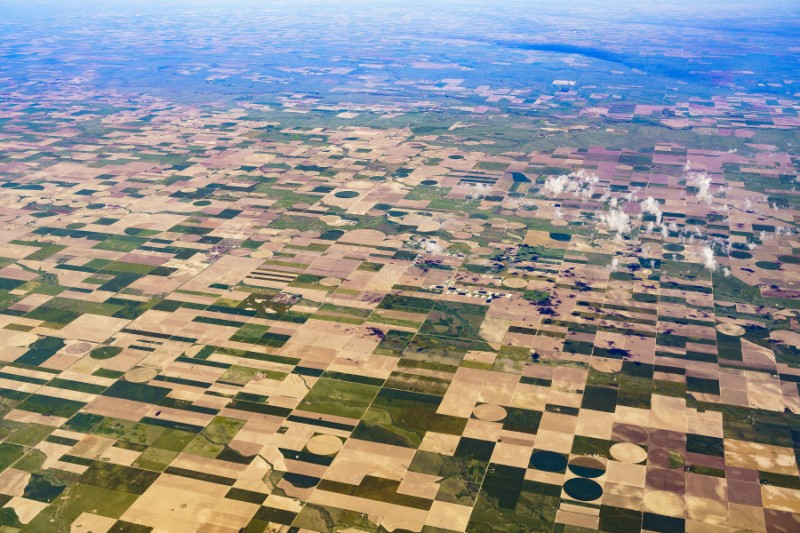How Land Is Used in the U.S.
Have you ever wondered exactly how much of the country is used for farming? Or how much forest area there is? Using information from a variety of sources, Bloomberg released a fun and interesting interactive map that shows how land is used in the United States. The map shows several categories:
- Pasture
- Cropland
- Forest
- Urban
- Special use (such as national parks, highways and military installations)
- Miscellaneous (such as cemeteries, golf courses, marshes and deserts)
 You can scroll through to see different views according to the geographic areas as well as a representation of the percentage of land used for each.
You can scroll through to see different views according to the geographic areas as well as a representation of the percentage of land used for each.
For example, cropland takes up about one-fifth of the country, while pastures and grazing areas take up about one-third. Kansas is largely devoted to those two purposes.
But as you scroll through, you might find yourself wondering more about the way land is used. So, we want to shed some light on a few agricultural nuances.
- Why is so little land in the U.S. devoted to growing crops? Fruits and vegetables require very specific climates. We don’t have a consistently warm, wet climate that can support growing produce year-round (except oranges in Florida). That’s why the area used to grow food for human consumption is less than you’d think, and why you see a lot of produce imported from other countries at the grocery.
- Why is so much land used for pasture? It comes down to the soil. Not all soil is good for growing crops. There’s hardly any cropland in New Mexico, Arizona, Utah and Nevada, which makes sense because those are arid areas. However, those soils support grasses and shrubs, which ruminant animals graze on. Ruminant animals such as cattle, sheep, antelopes and deer have four chambers in their stomachs, which makes it possible for them to digest tough grasses that humans can’t eat. Some parts of Kansas, such as the Flint Hills running north to south in the eastern third, are too rocky to grow crops on — but they’re perfect for grazing cattle.
- With so much pasture, why is there cropland devoted to making feed for livestock? Grazing alone can’t fulfill an animal’s nutritional needs. In order to raise healthy animals, ranchers often supplement their pasture diets with corn and other grains to ensure they get the nutrients and calories they need, while helping produce a higher quality meat. Plus, not all animals graze. Pigs and chickens require feed that is often made from these crops.
- How do ranchers decide which animals to raise — cows, pigs, chickens, or other animals? Much of the time it comes down to the cost of acquiring different types of animals and building herds. Some farmers may carry on a family legacy, but starting from scratch can be very expensive. Plus, there has to be infrastructure in place that can support the operation. Water, sewer, barn structures and road access are all necessities, as are housing, internet connectivity to conduct business and modern-day needs like shopping, schools and medical facilities.
Scroll through the map and take a look for yourself. What surprises you? What other questions do you have? Drop us a line if you’d like to share!

